At the Transliteracies Lab, our approach is active, collaborative, and forward-looking. We don't just analyze literacy practices; we co-create new possibilities for engagement and equity.
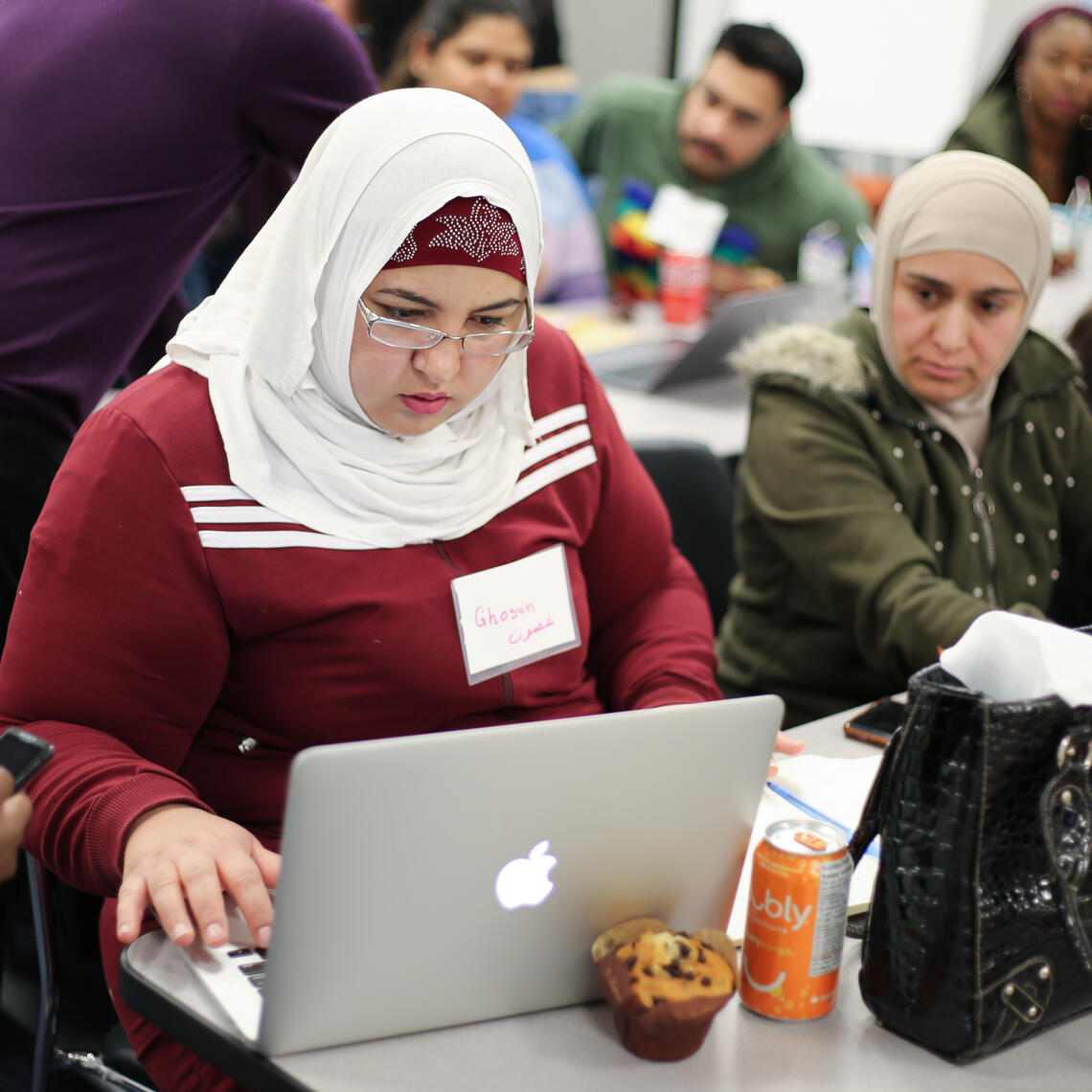
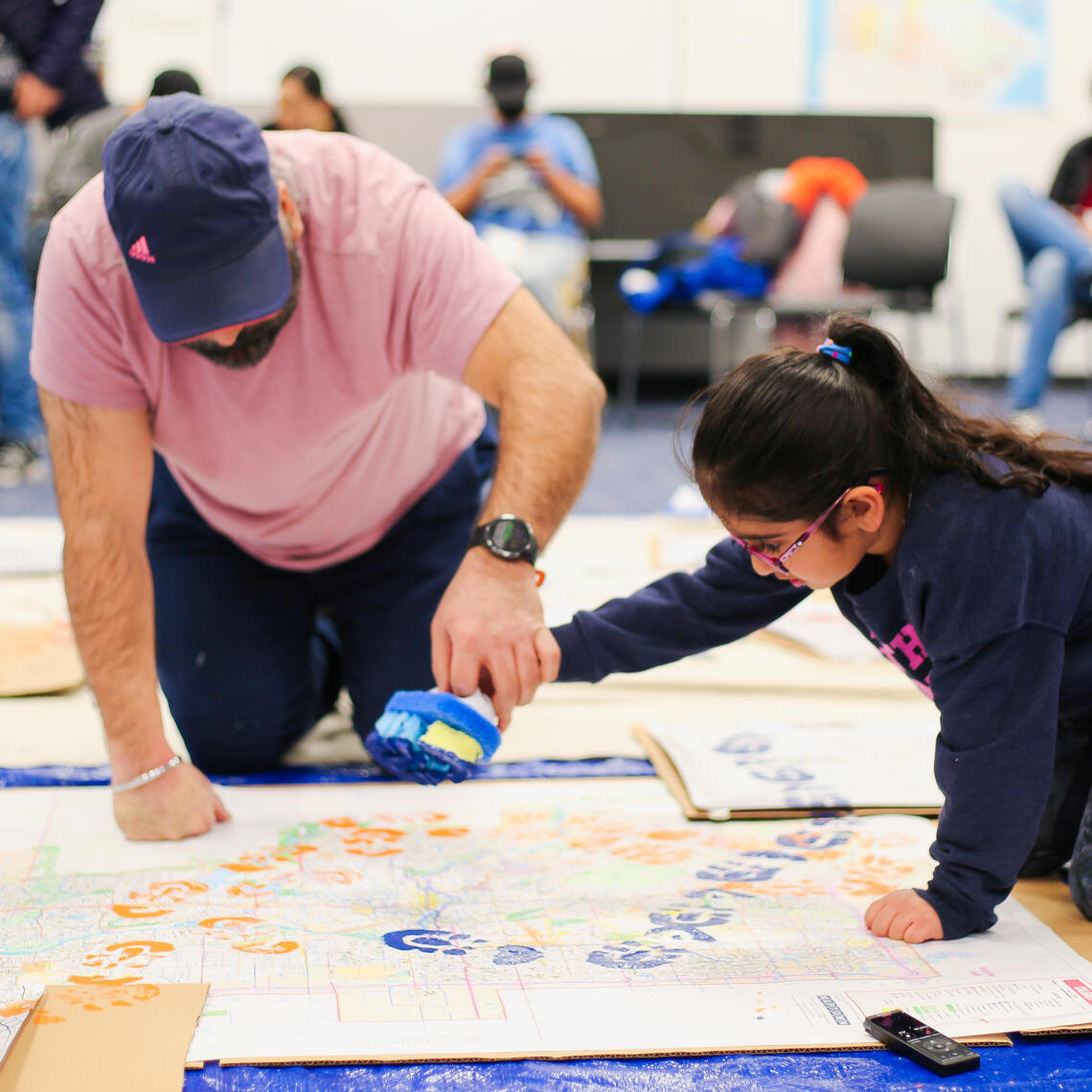
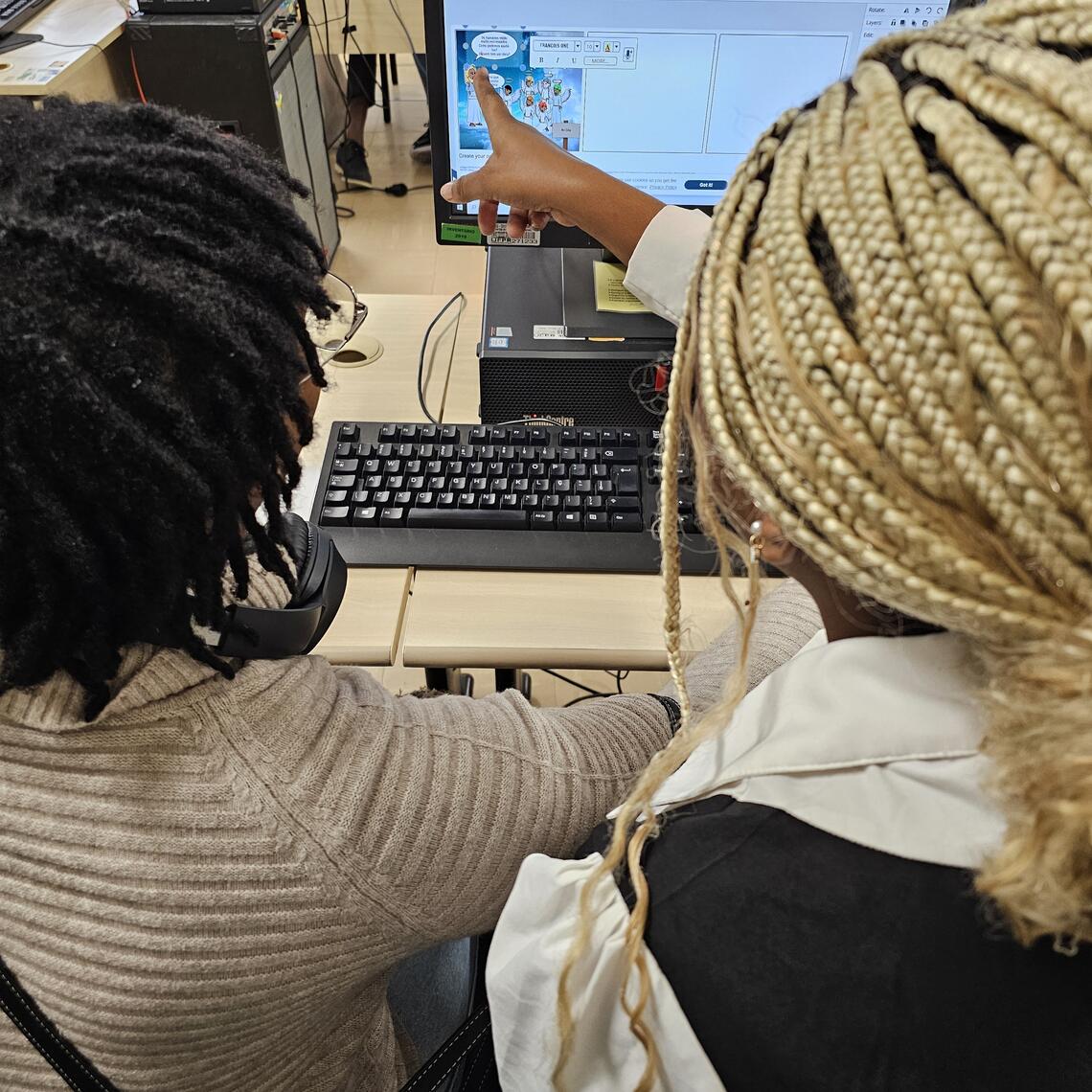
Our Innovative Methodologies in Action
At the Transliteracies Lab, we believe that how we research is as important as what we research. Traditional methods like surveys and standard interviews can sometimes miss the nuanced, emotional, and embodied experiences of people, especially those from marginalized or multilingual communities.
To uncover these deep insights, we employ a suite of participatory and arts-based methodologies. These approaches position participants not as subjects, but as co-researchers and experts of their own lives. By engaging through creation, play, and metaphor, we access stories and understandings that conventional methods often fail to capture.
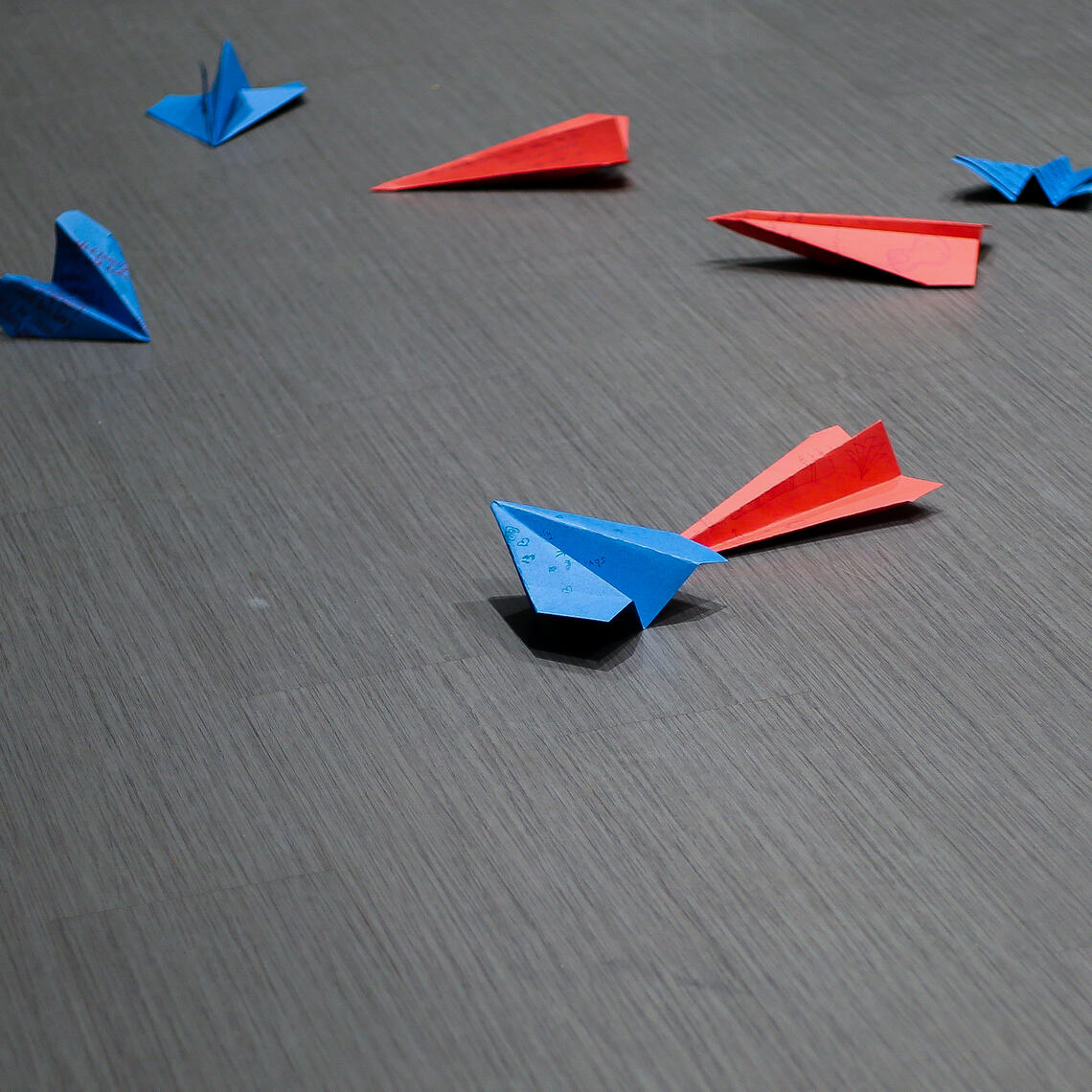
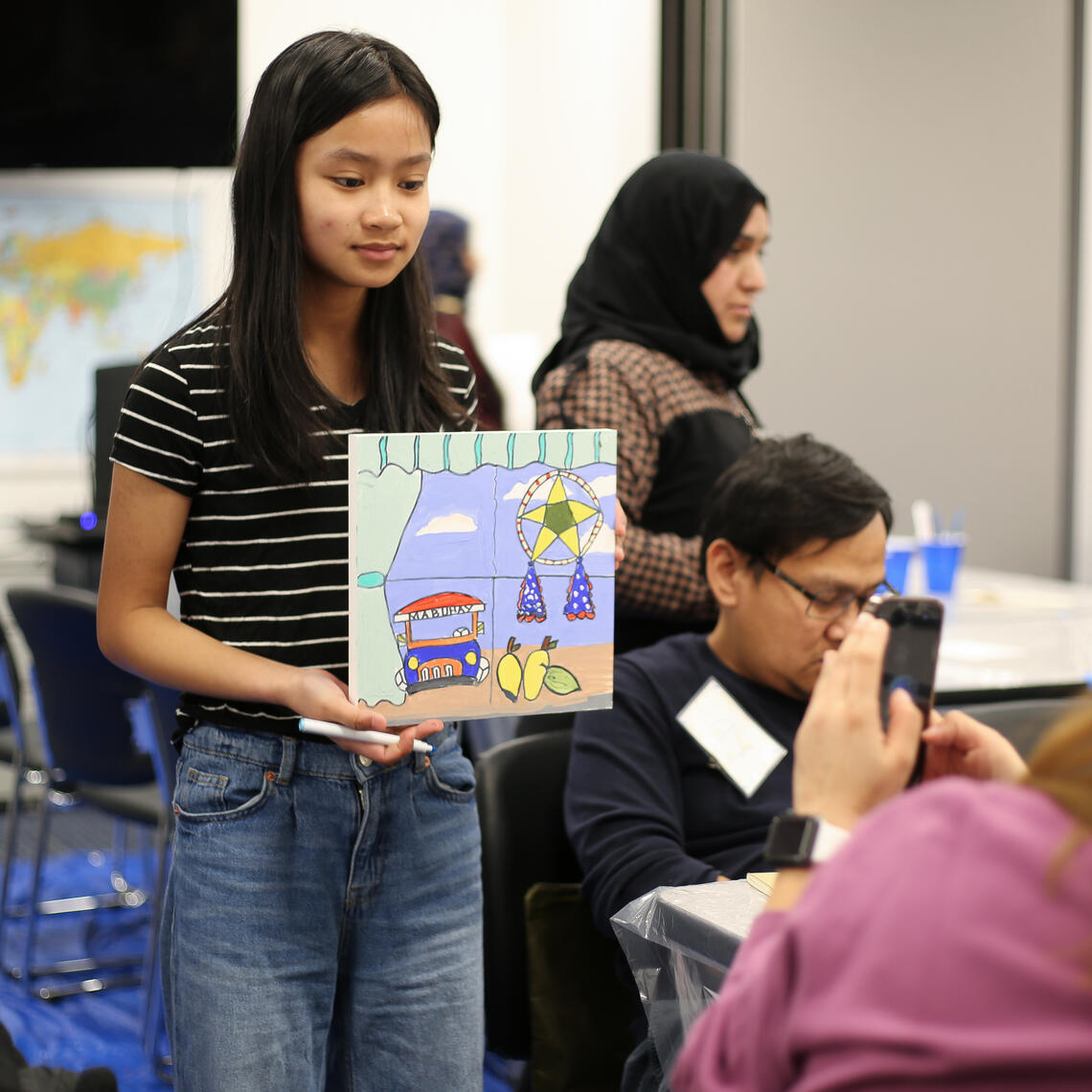
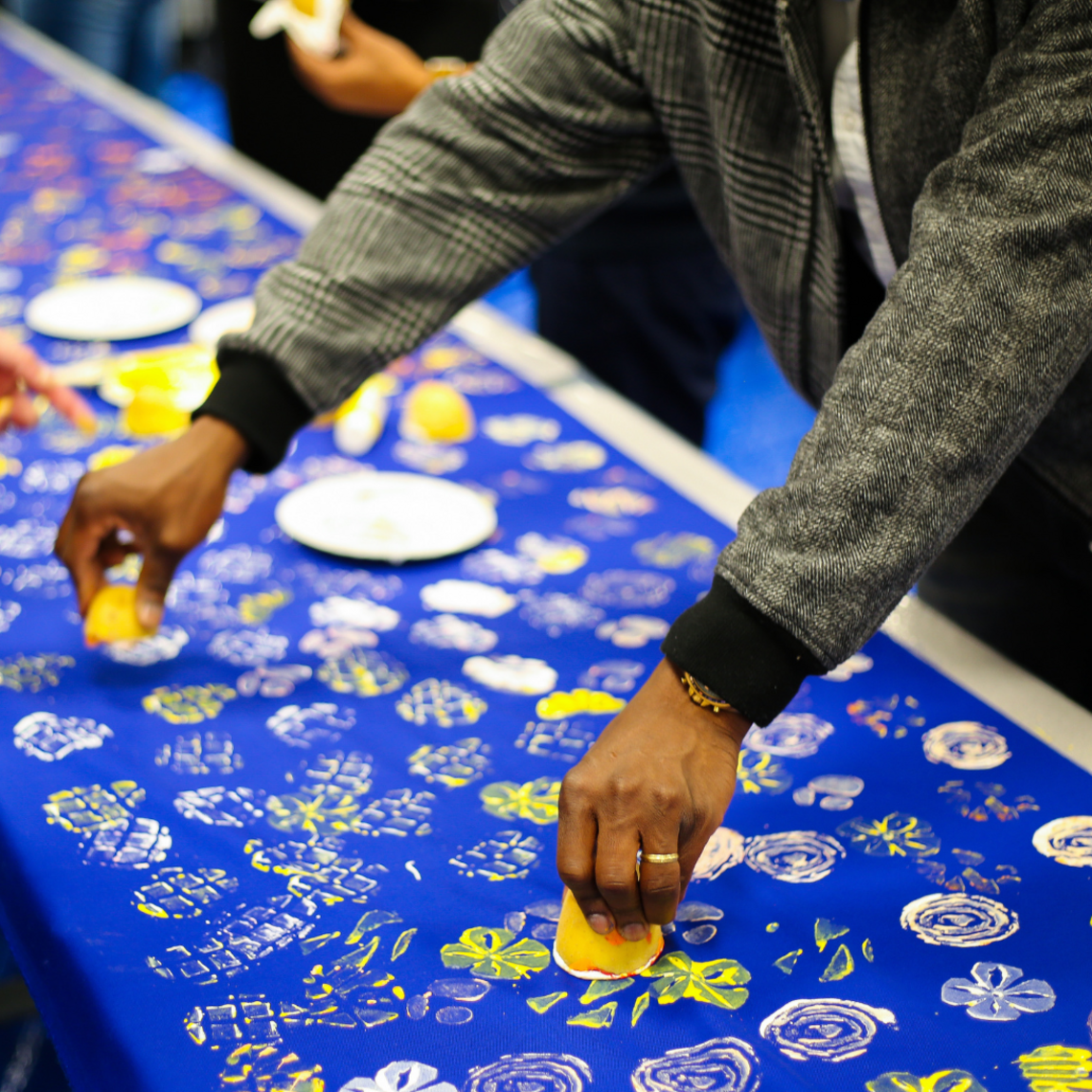
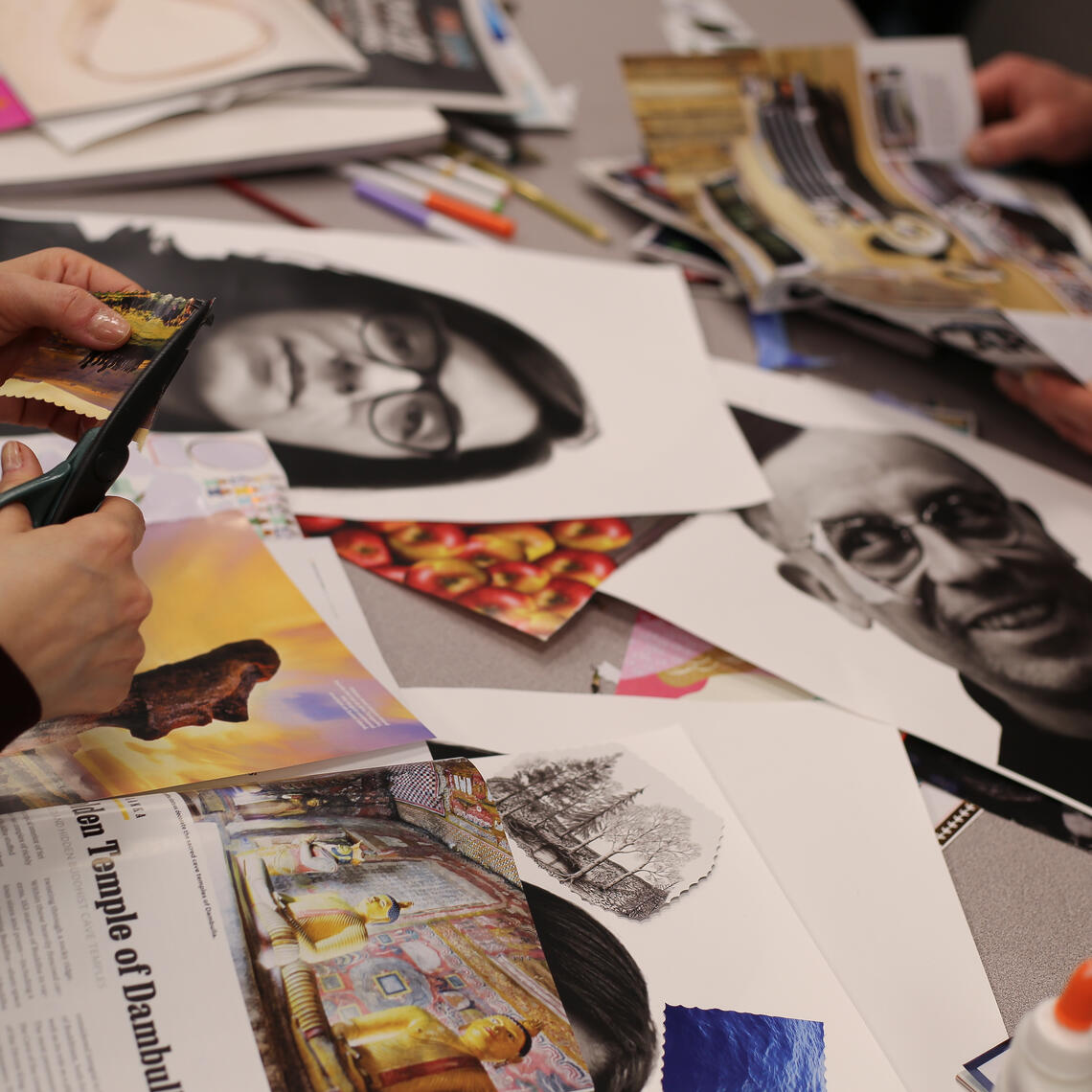
Workshop-as-a-Research Methodology
This is not just a workshop for data collection; the workshop is the research process. The collaborative space, the materials, and the interactions themselves become the primary site of inquiry, generating knowledge in real-time.
In Practice:
- The Maps Workshop: "Walk from Negele, Ethiopia to Calgary, Alberta in 10 steps or less." This method uses cartography as a metaphor for the migration journey. By physically stamping footprints on overlapping maps, participants don't just describe their journey; they perform its complexity, the compression of time and space, and the layered nature of belonging.
- The Airplane Workshop: Writing down fears and launching them into the air transforms an intangible emotion into a physical ritual. This act of release provides data on emotional burdens while simultaneously creating a shared, cathartic experience that builds community among participants—an insight a simple interview question about "fears" could never fully reveal.
Arts-Based Interventions
We use visual and tactile creation to bypass verbal-only communication and tap into subconscious feelings, cultural symbols, and identity constructs that are difficult to articulate with words alone.
In Practice:
- The Collage Workshop: "The layers of identity." Collage allows for the visual representation of identity as multifaceted, simultaneous, and sometimes fragmented. Participants can juxtapose cultural symbols with personal interests in a way that a linear narrative would restrict. This reveals the complex, non-hierarchical nature of identity that direct questioning might oversimplify.
- The Windows Workshop: By painting family symbols into a window, participants curate their identity for a "public" view. The subsequent assembly into an "apartment building" creates a powerful visual metaphor for a multicultural community—individual families distinct yet connected, collectively building a new whole. This provides a tangible, data-rich artifact representing belonging and community integration.
- The Potato Workshop: "Making your mark." This meditative, collaborative stamping activity is a form of data creation through ritual. The low-fi, earthy material (potatoes) can evoke a connection to heritage or simplicity. The resulting collaborative mural is a visual record of shared participation and collective identity, showing how individual marks contribute to a community tapestry.
Digital and Multimodal Research
We leverage digital tools to explore new forms of representation and understand how technology mediates experience and identity.
In Practice:
- AI Workshop: "Can AI translate the newcomer experience?" Using DALL-E to "outpaint" participant photos is a groundbreaking method for exploring the liminal space of migrant identity. It allows participants to visually articulate the blend of their past ("home") and imagined future ("hope") in a way that is surreal yet deeply personal. This method captures the aspirational and psychological dimensions of transition that photography or interviews alone cannot, generating unique data on memory, aspiration, and the fragmented nature of the self in migration.
By embracing these innovative methods, we move beyond merely documenting experiences to understanding them in their full, complex, and often unspoken dimensions. This allows us to generate richer, more equitable, and more impactful insights into the realities of transliteracies in a multicultural world.

